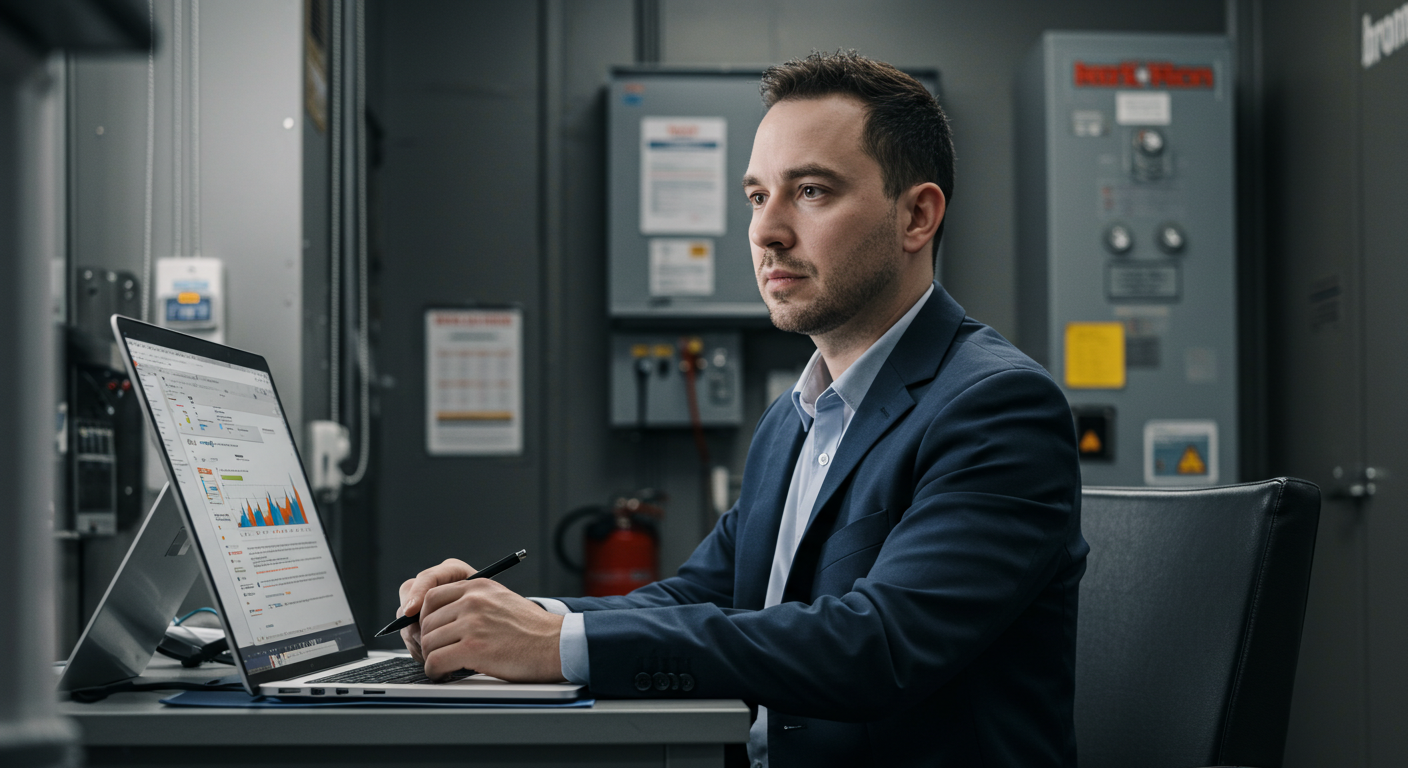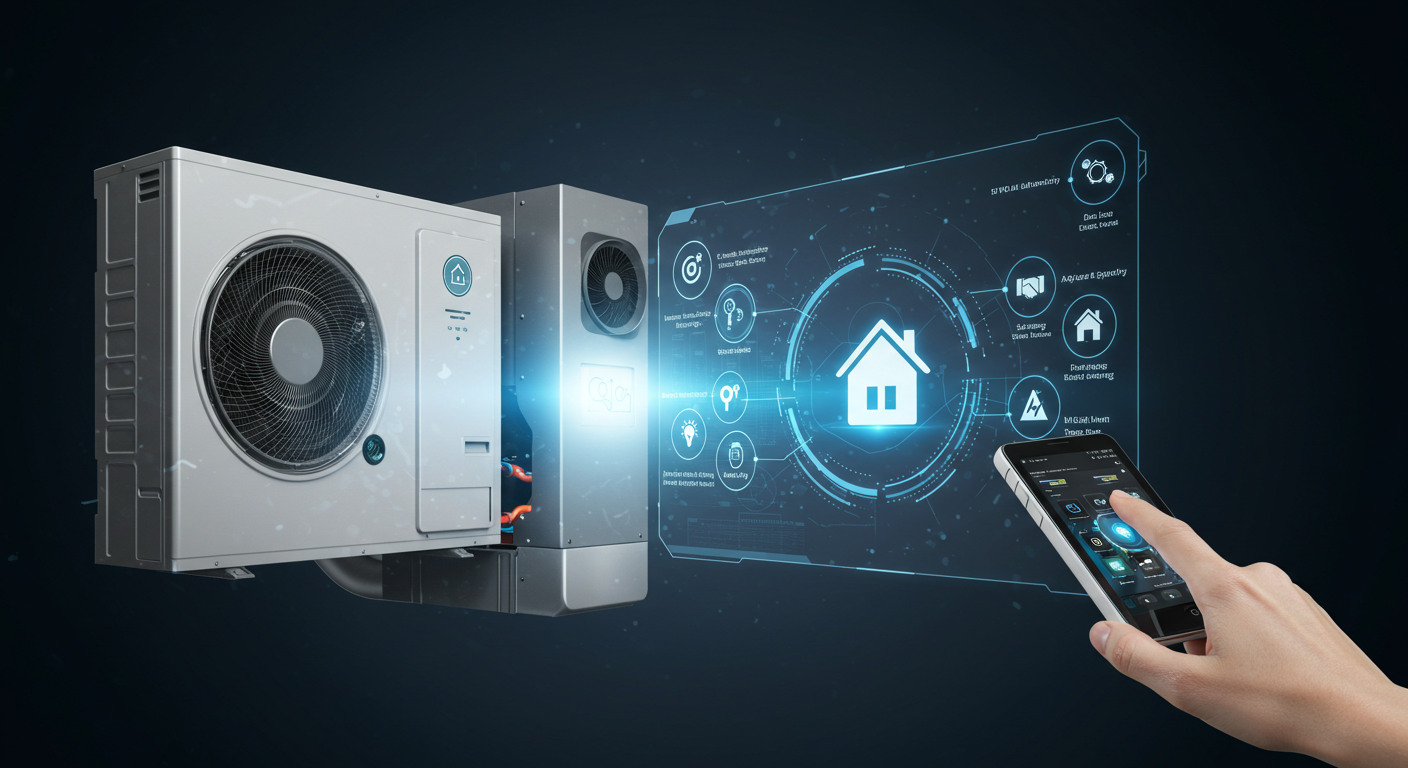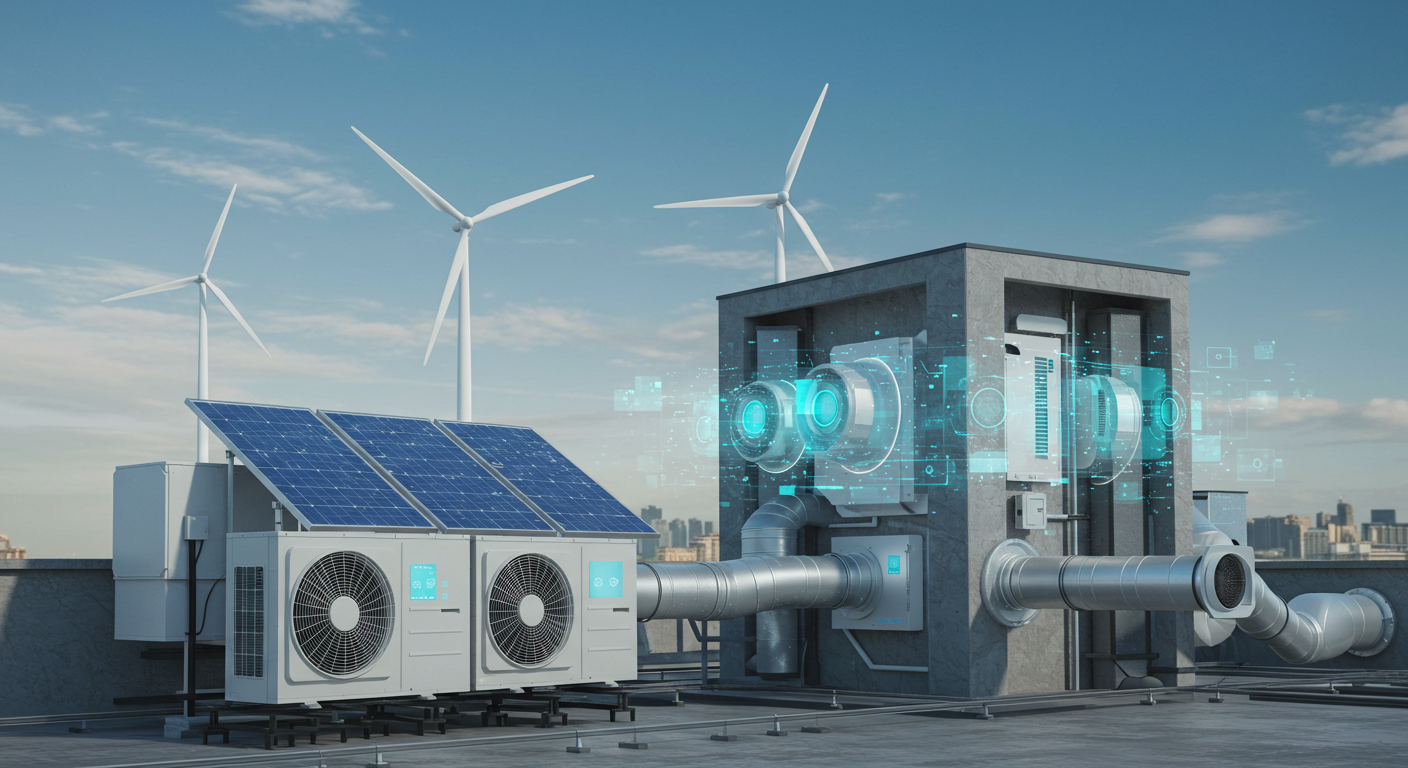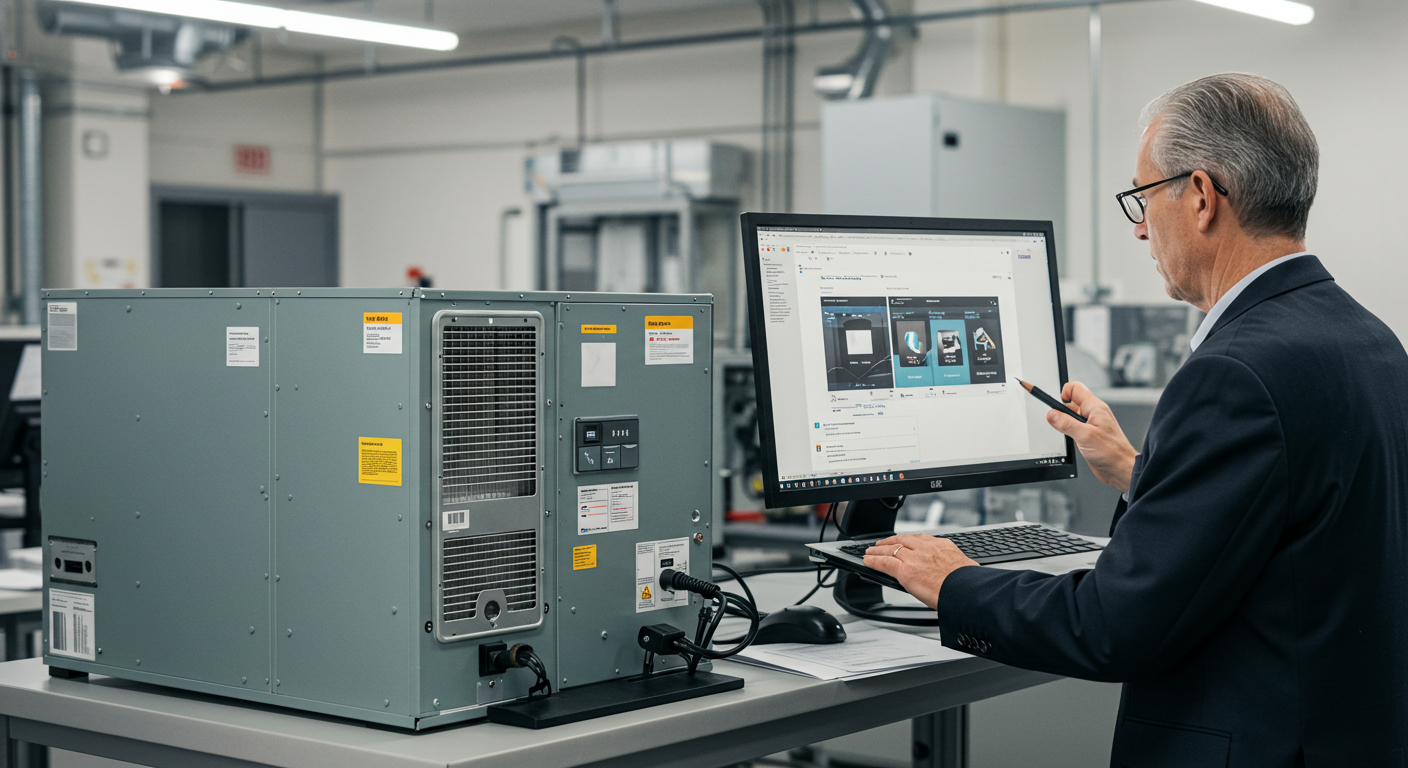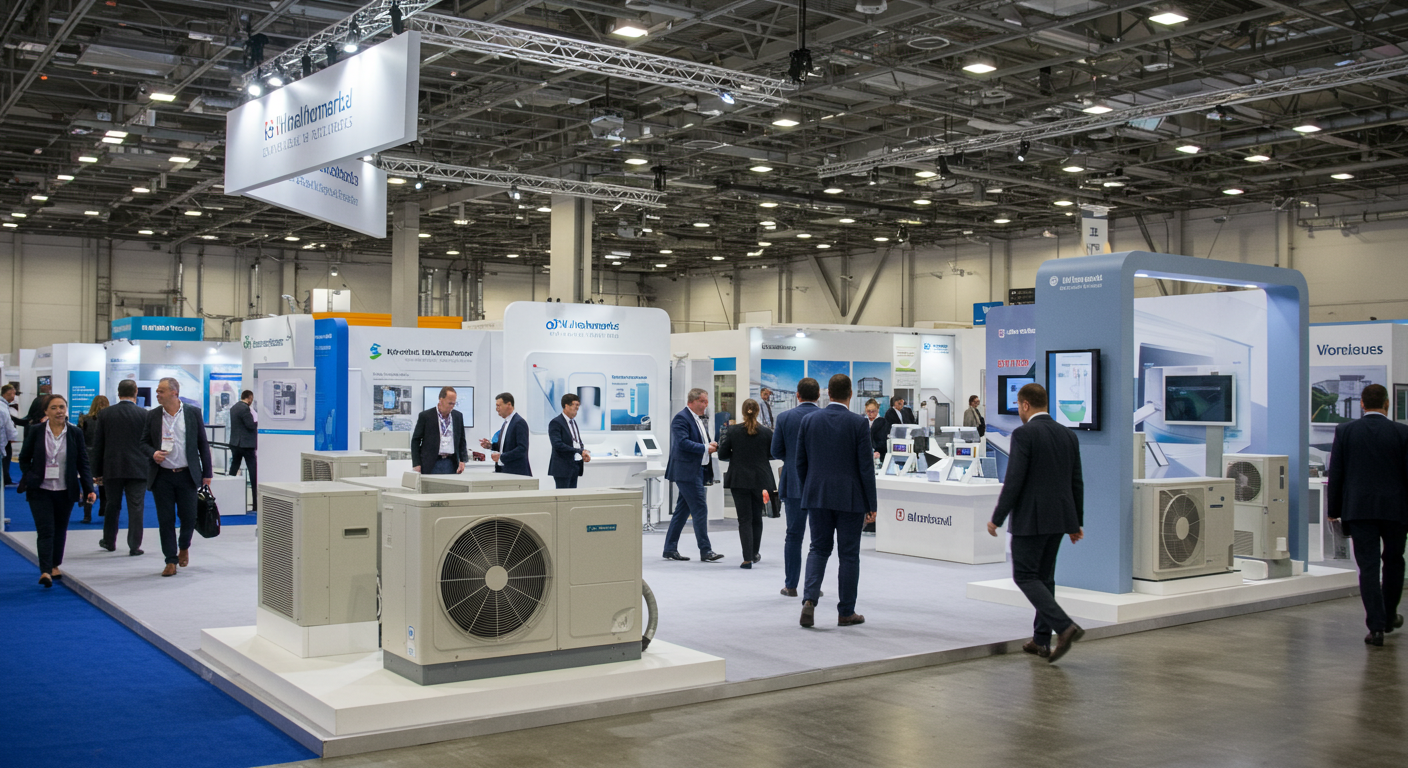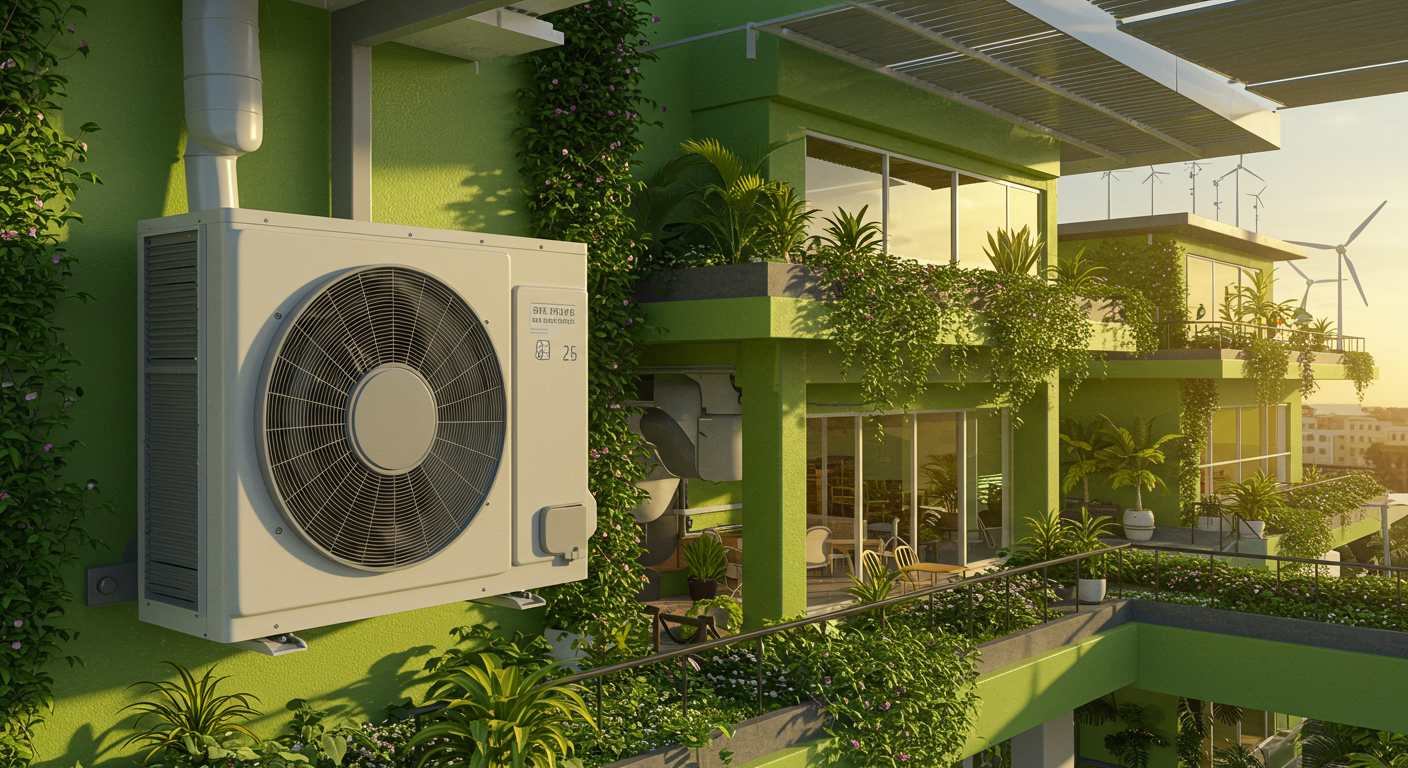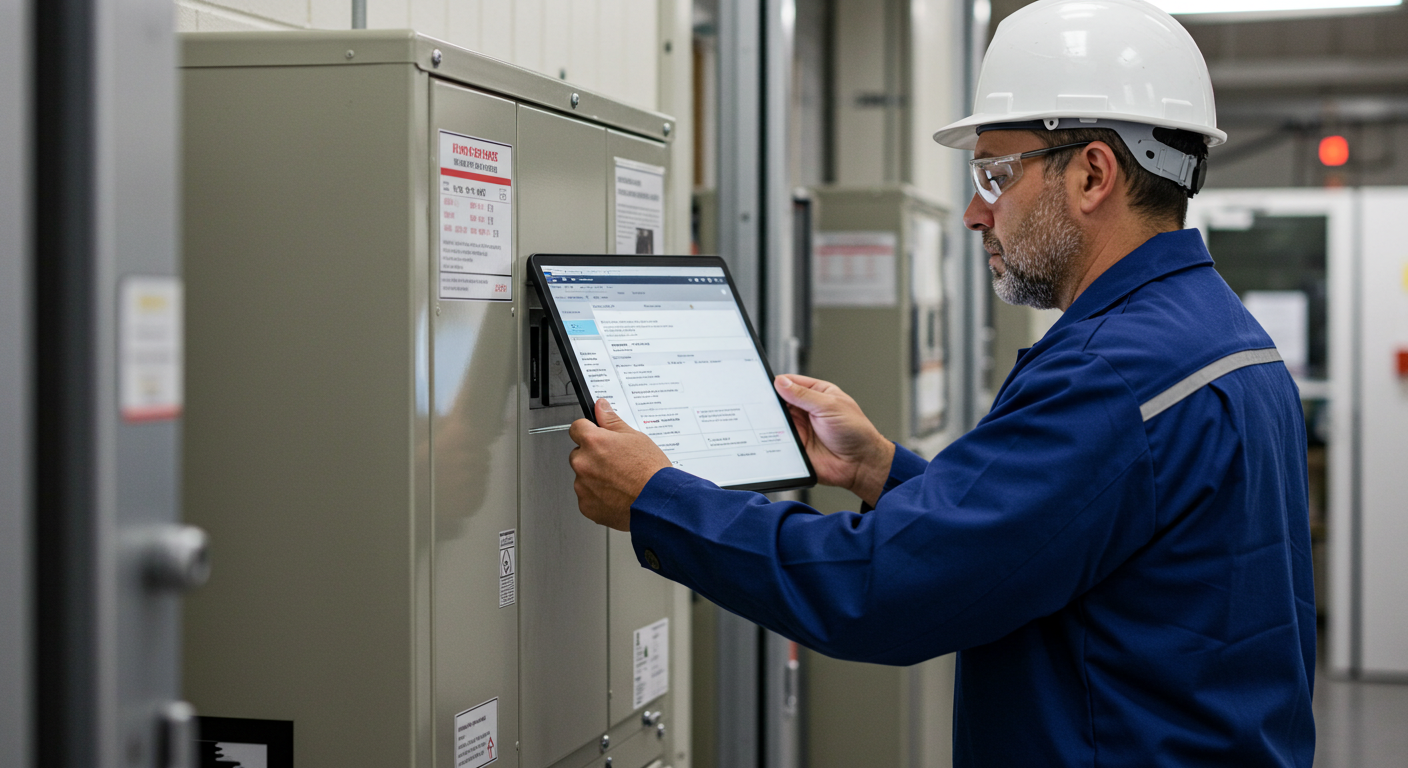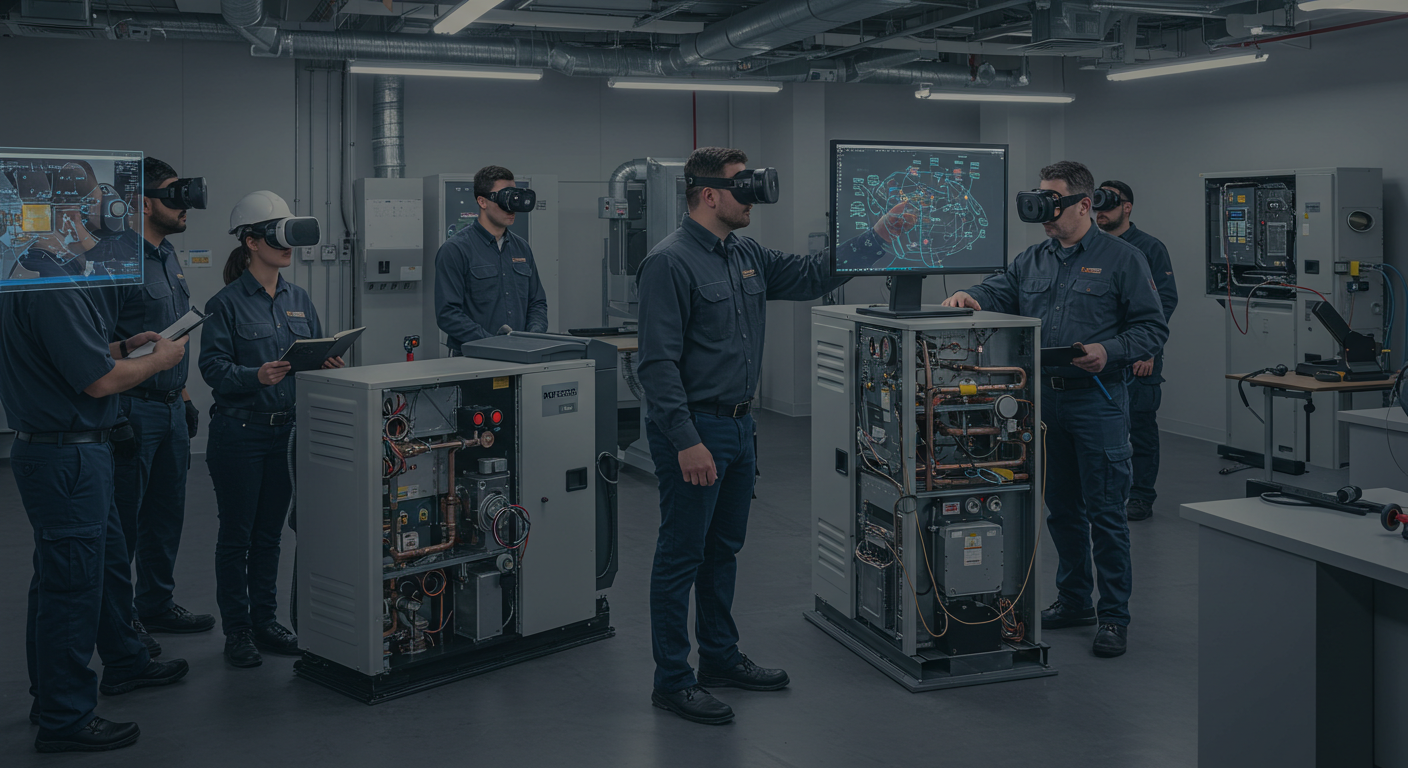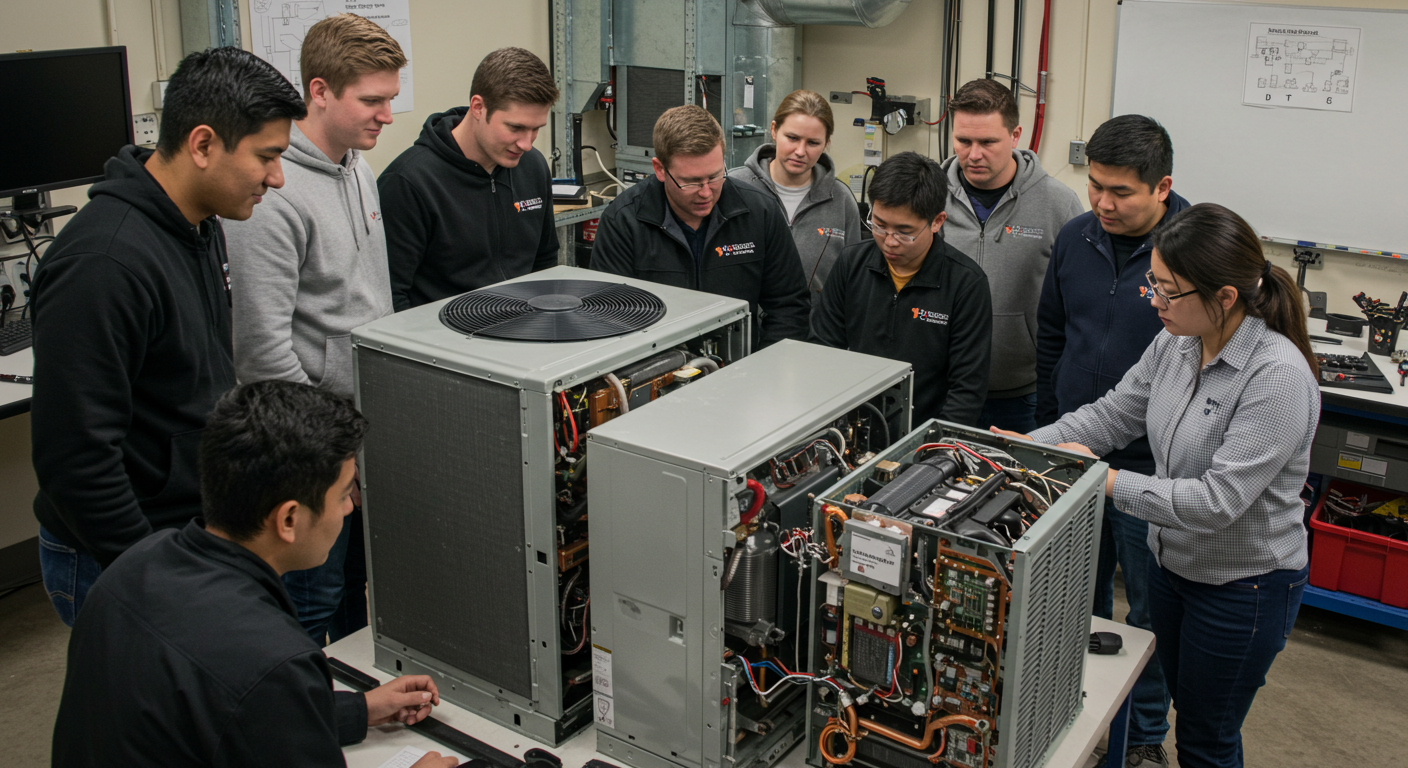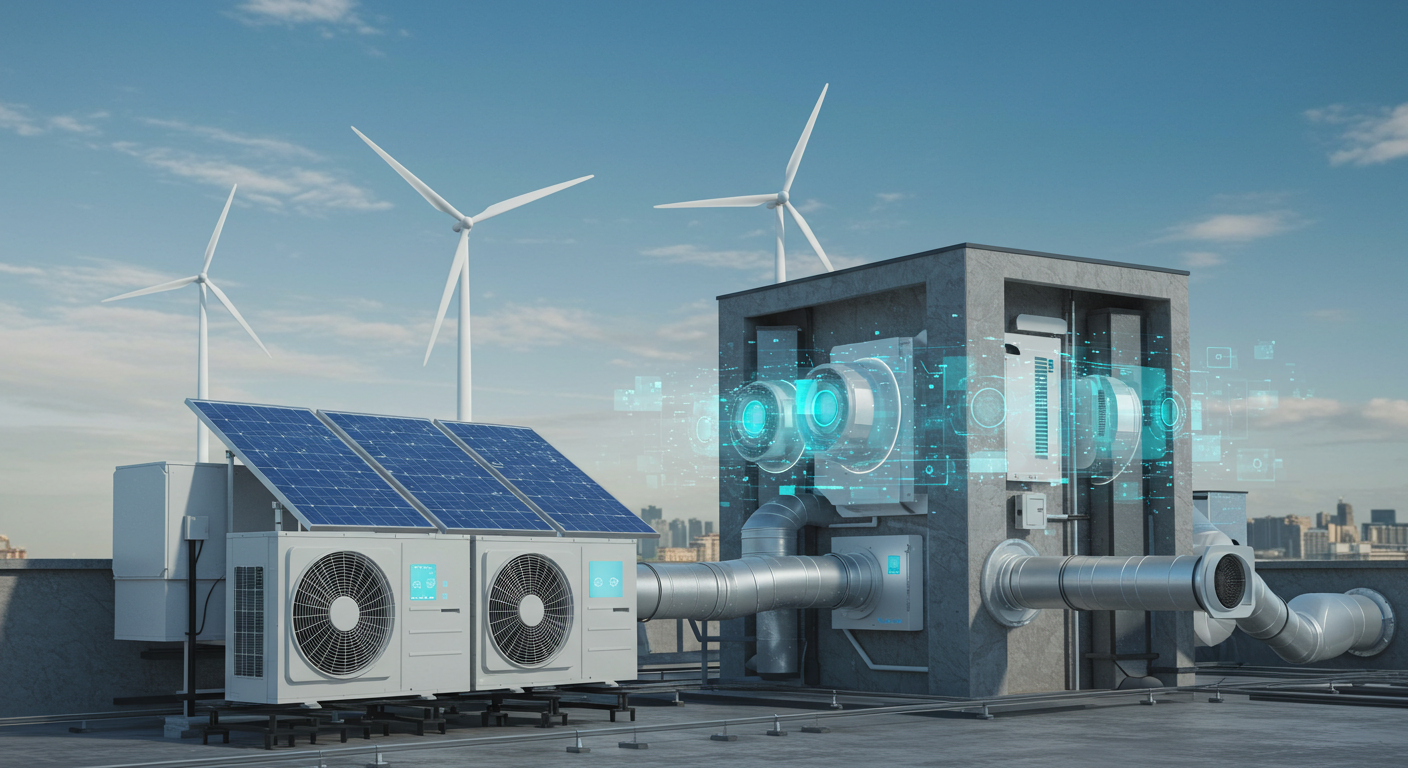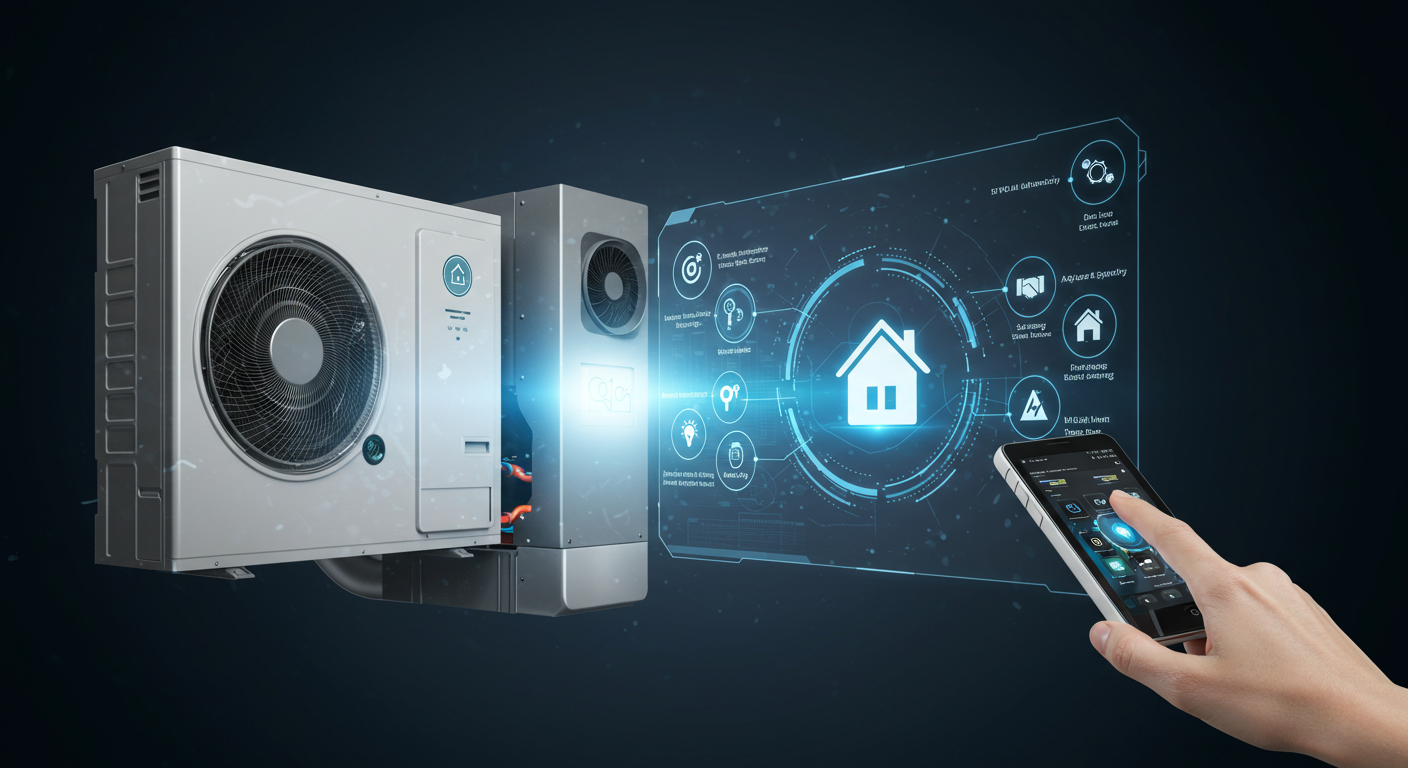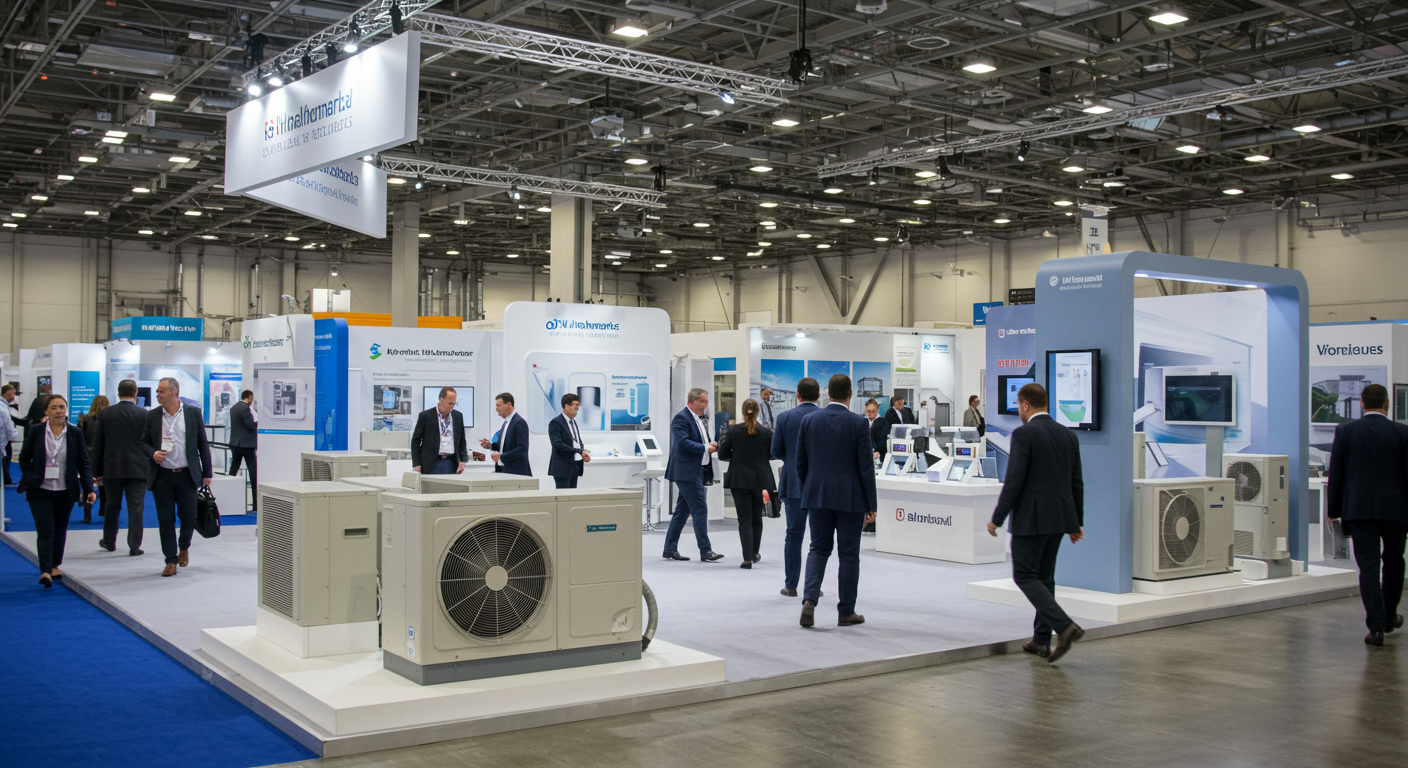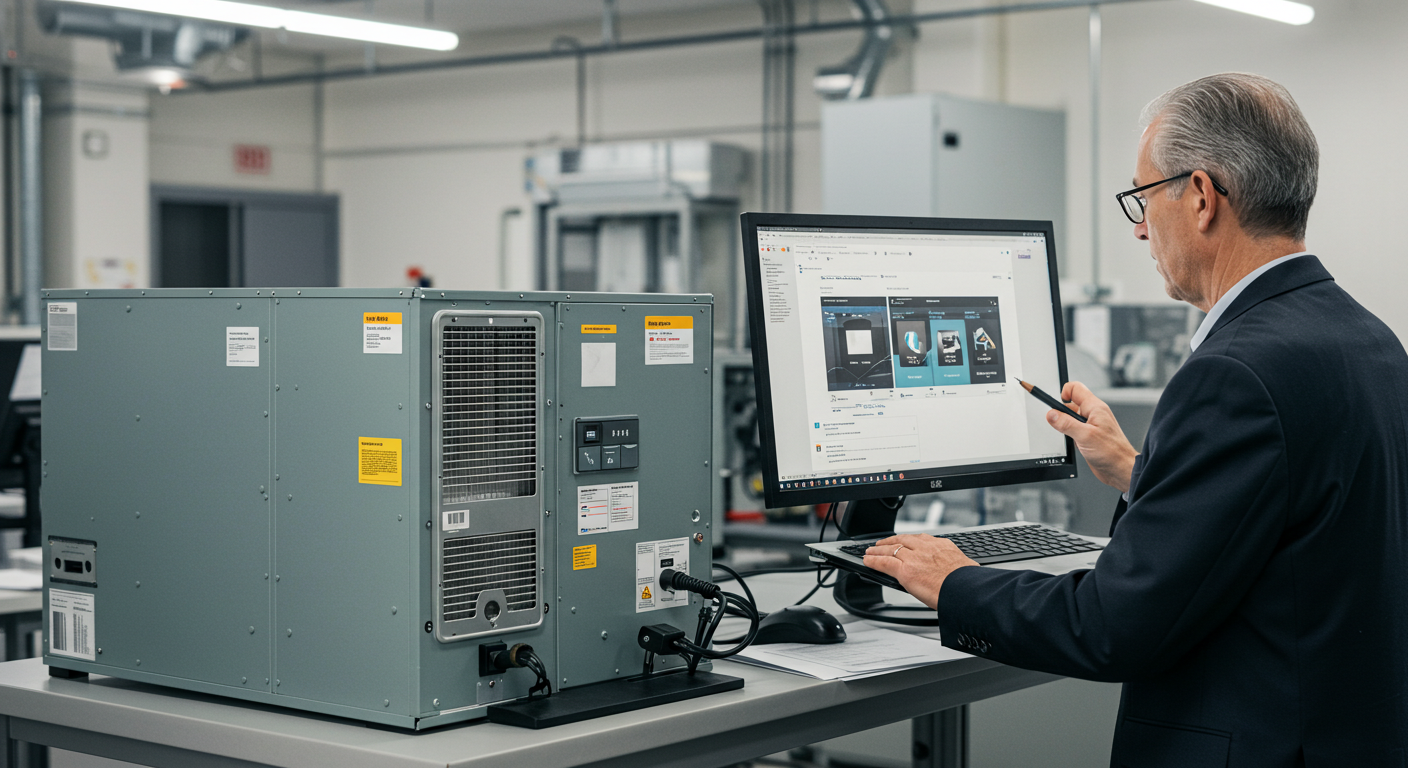Diversifying Your Services: Venturing into New HVAC Markets
Hey there HVAC pros! Are you ready to take your business to the next level? The HVAC industry is booming, and there are plenty of new markets just waiting for you to dive into. Today, we’ll explore how you can diversify your services, tap into these fresh opportunities, and boost your business’s growth.
Market Growth and Segmentation
The HVAC services market is on a steady rise. By 2025, it’s projected to hit a whopping USD 69.85 billion and keep climbing to USD 94.71 billion by 2030. One key player in this growth is the new construction segment, which currently holds about 33% of the market share. This segment is expected to grow by nearly 7% annually from 2024 to 2029.
Emerging Markets and Drivers
Emerging economies like China and India are driving significant growth in the construction industry. As urbanization and infrastructure development continue to flourish, so does the demand for advanced HVAC services. Another critical factor is the booming data center market, with countries like Ethiopia and South Africa leading the way in precise climate control needs.
End-User Segments
The residential sector makes up about 41% of the global HVAC services market share, driven by urbanization and growing disposable incomes. Meanwhile, the commercial segment is the fastest-growing, driven by the need for energy-efficient systems and improved indoor air quality.
Advanced Technologies and Trends
Smart technology integration in HVAC systems is becoming increasingly popular. Whether it’s new construction projects or retrofitting existing buildings, smart thermostats like the Ruud econet 800 series are enhancing system performance and energy efficiency.
- Preventative maintenance packages to ensure longevity and efficiency.
- Emergency repair services to keep your clients comfortable year-round.
- Indoor air quality solutions to meet rising consumer demands.
- Energy efficiency consultations for cost savings and sustainability.
- Smart home technology integration for modern living.
Conclusion
Diversifying your services and venturing into new HVAC markets isn’t just a smart move—it’s essential for growth. By understanding market trends and consumer preferences, you can tailor your offerings to meet the demands of emerging markets and technologies. Start exploring these opportunities today, and watch your business soar!
Ready to expand your horizons? Contact us today for expert guidance on tapping into new HVAC markets!
FAQ: Venturing into New HVAC Markets
What are the key benefits of HVAC service diversification?
Diversifying your HVAC services can increase revenue streams, reduce dependence on a single market, and provide more stable business operations.
How can I integrate smart home technology into my HVAC services?
Consider offering smart thermostats, connected HVAC systems, and energy management solutions to enhance customer convenience and efficiency.
What are preventative maintenance packages?
Preventative maintenance packages involve regular system checks and maintenance to ensure peak performance and prevent costly breakdowns.
Why should I focus on indoor air quality solutions?
Improving indoor air quality can significantly enhance customer satisfaction, as more consumers prioritize health and wellness in their homes and businesses.
How do energy efficiency consultations benefit my clients?
Energy efficiency consultations help clients save on energy costs, improve sustainability, and often qualify for rebates or incentives.



